In Tan Phong hamlet, 10 households including members, farmers and local people have implemented the calcium worm farming model.
The Management Board of the Project (DA) of Propaganda and Mobilization for Farmers to Treat Waste in Vietnam of the Provincial Farmers' Association has supported (phase 1) each household participating in the project with 0.5 grams of calcium worm eggs and materials for building tanks as well as a complete system for raising calcium worms.
On average, a calcium worm tank has an area of 4.5 square meters (1.5 meters wide and 3 meters long); the floor is built with bricks around it (0.36 meters higher than the ground). Farmers equip it with a net to completely cover it to minimize the loss of livestock.
“I found that raising calcium worms has ensured the practical conditions of the family and contributed to protecting the environment in rural areas.
Household waste such as vegetables and manure will create a food source for calcium worms. When calcium worms mature, they create a food source for livestock as well as family crops, reducing investment costs in livestock farming.
"Easy to raise, no investment costs," said Ms. Le Thi Tinh, 56 years old, residing in Self-managed People's Group No. 6, Tan Phong Hamlet.
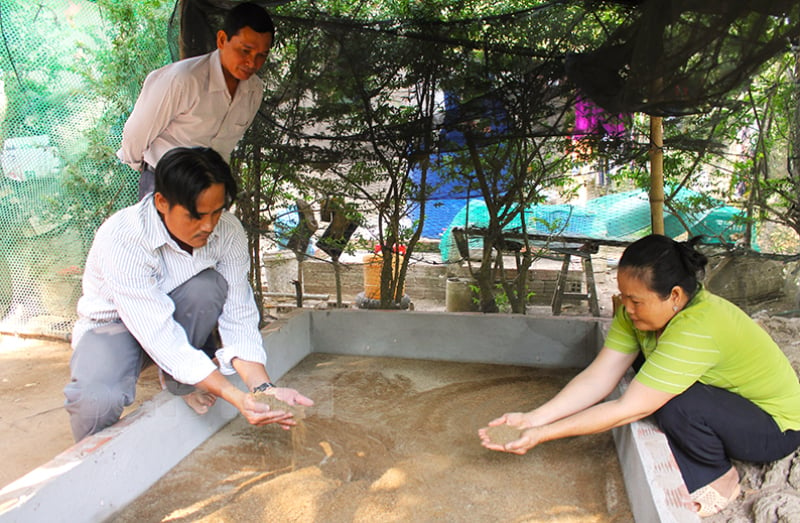
Farmers' Association of Thanh Thoi A commune (Mo Cay Nam district, Ben Tre province) and local authorities visited the calcium worm farming model at Ms. Do Thi Le's household.
Initially, farmers in Tan Phong hamlet implemented a model of raising calcium worms as food for livestock (chickens, ducks, fish) and creating organic fertilizer for crops (grapefruit, coconut). According to farmers, calcium worm pupae grow well at a temperature of 280C. Currently, the reproduction process (taking calcium worm parents to lay eggs) is still a "difficult" problem that requires high technology.
Ms. Do Thi Le, 56 years old, residing in Self-managed People's Group No. 12, shared: By maintaining a stable calcium worm farming model, the family has created a stable food source for livestock.
When I increase the number of eggs and the calcium worm breeding tank, I expect to have more income to create a stable economic efficiency for my family. Currently, when my family has household by-products, I feed the calcium worm pupae and provide more bean dregs (once a week) to enhance the nutrition for the calcium worm.
After more than 20 days of raising, calcium worm eggs can become pupae with the size of chopsticks and can be sold at an average price of 25 - 30 thousand VND/kg. On average, from 0.5 grams of breeding eggs, farmers can harvest 80 - 100 kg of calcium worm pupae.
Chairman of the Farmers' Association of Thanh Thoi A Commune, Nguyen Thanh Tuan, said: Through the time of implementing the calcium worm farming model in the locality, the Farmers' Association realized that it has initially achieved effectiveness for farmers as well as environmental protection in rural areas.
Making use of waste in daily life, to ensure reducing waste to the environment. Commercial worms create a food source to raise chickens, ducks, fish, helping to develop the economy for local people. Moving forward, the Farmers' Association continues to implement models, contributing to environmental protection such as: raising earthworms, composting organic fertilizers, fermenting by-products... Thereby, helping farmers in converting livestock and crop structures towards effective organic direction.
Source


![[Photo] Prime Minister Pham Minh Chinh receives Swedish Minister of International Development Cooperation and Foreign Trade](https://vphoto.vietnam.vn/thumb/1200x675/vietnam/resource/IMAGE/2025/5/12/ae50d0bb57584fd1bbe1cd77d9ad6d97)

![[Photo] Prime Minister Pham Minh Chinh starts construction of vital highway through Thai Binh and Nam Dinh](https://vphoto.vietnam.vn/thumb/1200x675/vietnam/resource/IMAGE/2025/5/12/52d98584ccea4c8dbf7c7f7484433af5)


![[Photo] Prime Minister Pham Minh Chinh works with the Standing Committee of Thai Binh Provincial Party Committee](https://vphoto.vietnam.vn/thumb/1200x675/vietnam/resource/IMAGE/2025/5/12/f514ab990c544e05a446f77bba59c7d1)


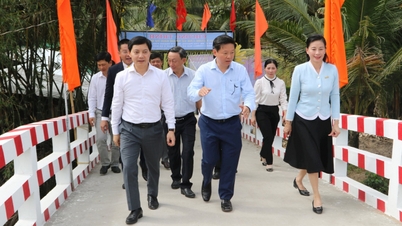



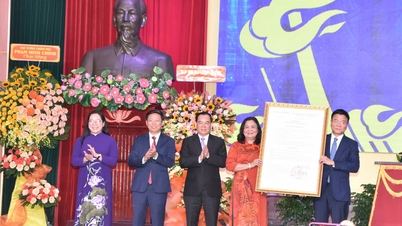








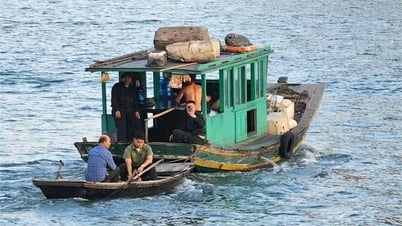






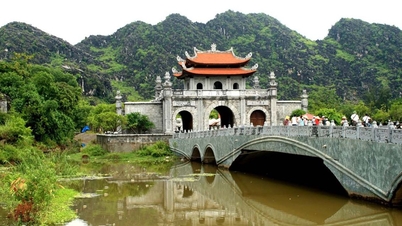
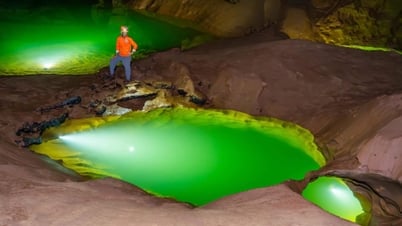
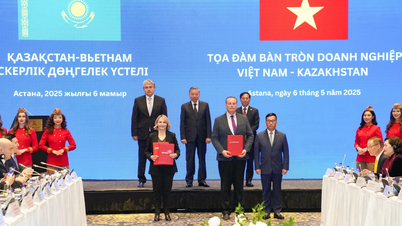

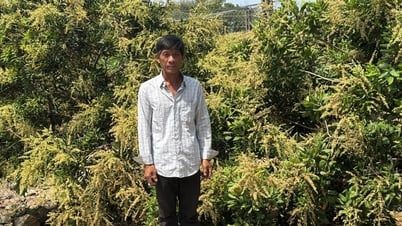
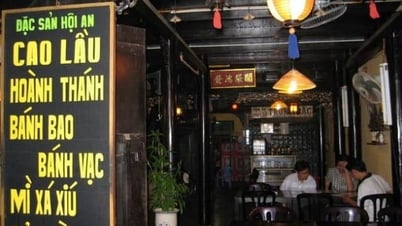

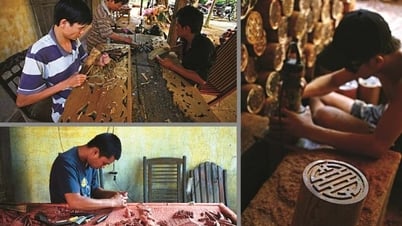





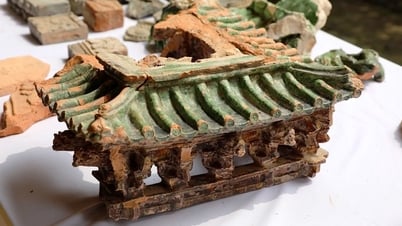




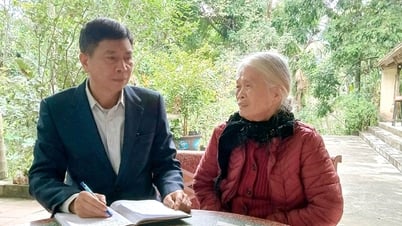


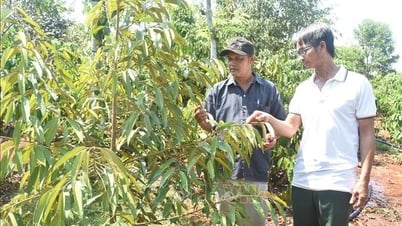








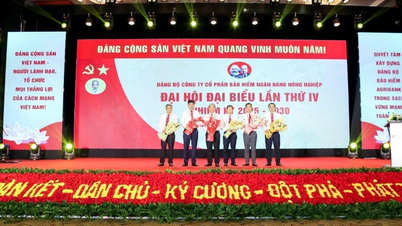











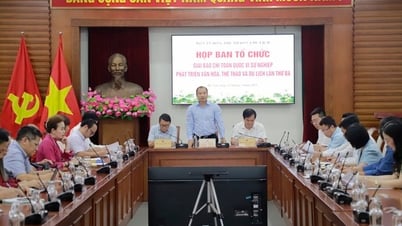














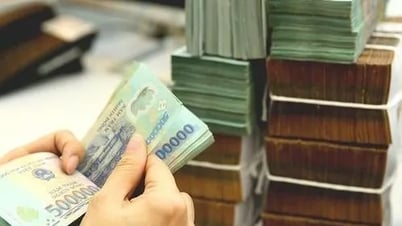


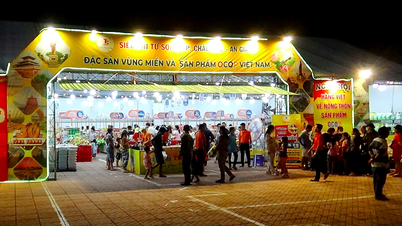

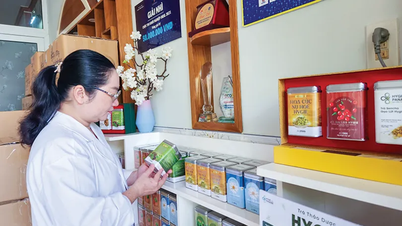

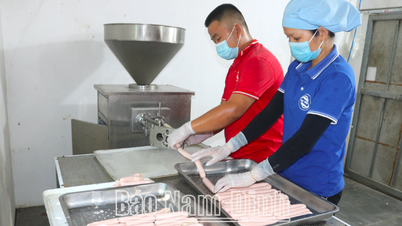

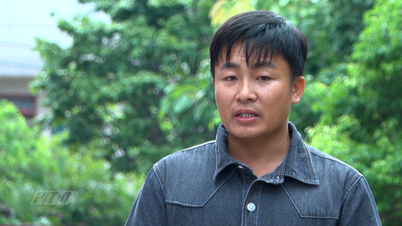

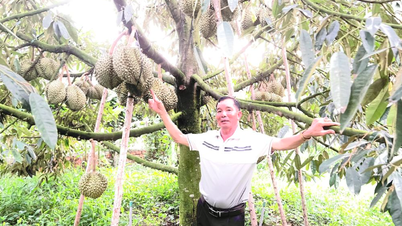


Comment (0)